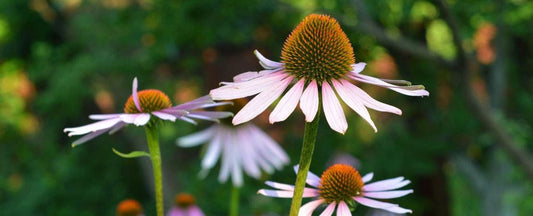
18 Drought-Tolerant Shrubs and Perennials
Design a Resilient, Low-Water Landscape with Beautiful Perennials & Shrubs You’ve worked hard to build a garden that reflects your style, your goals, and your climate. But when high heat...
18 Drought-Tolerant Shrubs and Perennials
Design a Resilient, Low-Water Landscape with Beautiful Perennials & Shrubs You’ve worked hard to build a garden that reflects your style, your goals, and your climate. But when high heat...

Best Low-maintenance Ground Covers for Shady Ga...
Perennial Ground Covers for Shade Need something to grow in the shade? You have many choices. Pick plants based on the shade and your climate. In forests, the trees cut...
Best Low-maintenance Ground Covers for Shady Ga...
Perennial Ground Covers for Shade Need something to grow in the shade? You have many choices. Pick plants based on the shade and your climate. In forests, the trees cut...
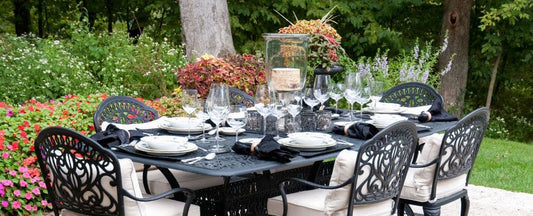
How to Grow a Garden That You Love
Begin with Thinking About Time and Expectations Your yard or balcony is a little patch of nature in which to relax. A place to wander, or sit, and read...
How to Grow a Garden That You Love
Begin with Thinking About Time and Expectations Your yard or balcony is a little patch of nature in which to relax. A place to wander, or sit, and read...
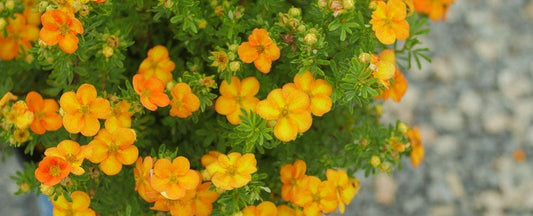
Smart Gardeners and Professional Landscapers Lo...
A Low Effort, High Impact Secret to a Stunning Garden A well-designed garden doesn’t just happen—it’s an intentional blend of color, texture, structure, and long-term growth planning. We backyard gardeners...
Smart Gardeners and Professional Landscapers Lo...
A Low Effort, High Impact Secret to a Stunning Garden A well-designed garden doesn’t just happen—it’s an intentional blend of color, texture, structure, and long-term growth planning. We backyard gardeners...
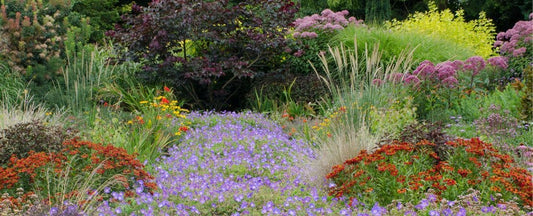
How Quickly Do Perennials Grow? Understanding t...
How Perennials Grow Gardeners eagerly anticipate the beauty of perennials, but patience is key when growing these plants. Many perennials follow the 3-year rule": they sleep in the first year,...
How Quickly Do Perennials Grow? Understanding t...
How Perennials Grow Gardeners eagerly anticipate the beauty of perennials, but patience is key when growing these plants. Many perennials follow the 3-year rule": they sleep in the first year,...
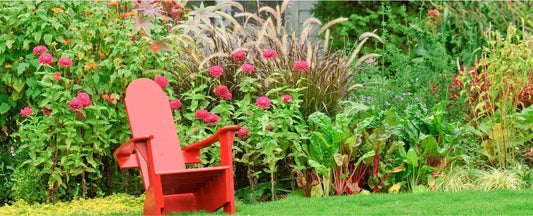
A Revolution In the Future of Insect Repellent
A Natural, Eco-Friendly Solution for Combatting Biting Bugs Spending time outdoors should be about enjoying nature—not swatting away mosquitoes or worrying about ticks. Keeping gardeners on the forefront of innovation,...
A Revolution In the Future of Insect Repellent
A Natural, Eco-Friendly Solution for Combatting Biting Bugs Spending time outdoors should be about enjoying nature—not swatting away mosquitoes or worrying about ticks. Keeping gardeners on the forefront of innovation,...
